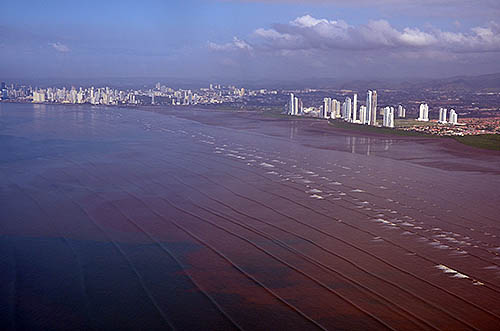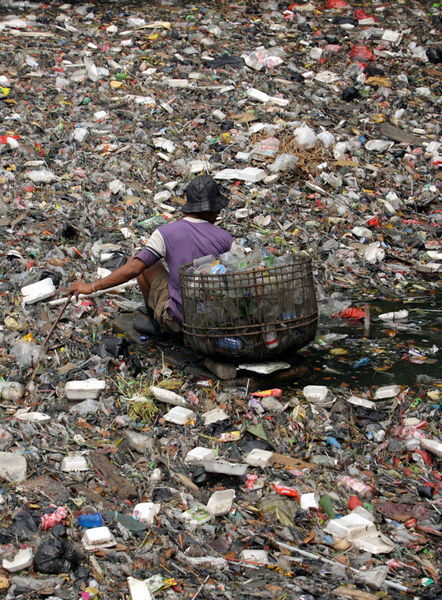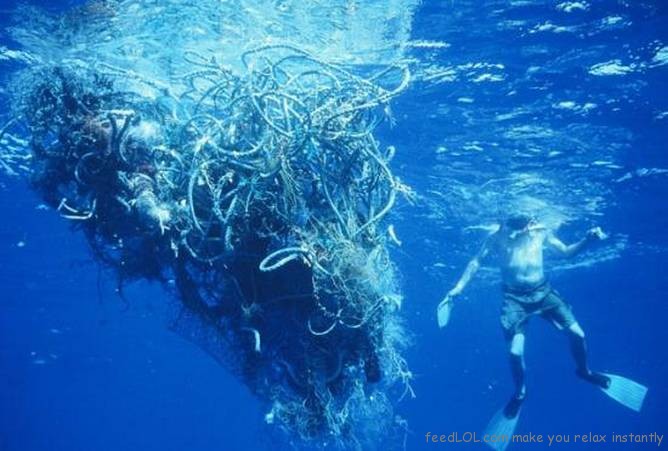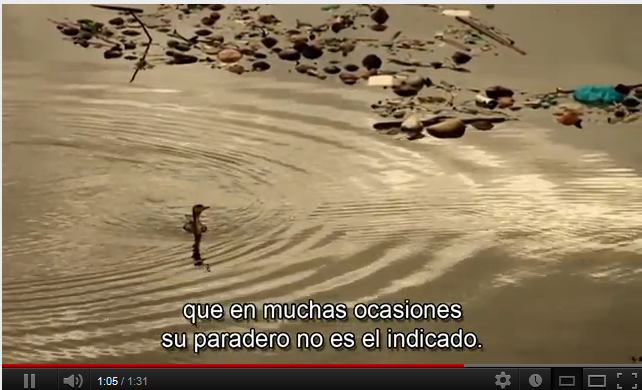This post comes under the category “Balanced Reporting”
OK, we all know that Panama City in all of its glory sits on the shore of Panama Bay, one of the most polluted coasts in the Americas. What most people do not know is that all of our oceans are in dire straights due to man made pollution and we are at a tipping point in our lives. Panama is cleaning up the bay with a new sewer system just as Miami did after years of pumping raw sewage right out to sea without any real treatment. As in Miami, the Bay of Panama will eventually heal itself. However, pollution and the problems that are caused by over fishing and poor marine environmental management plans are taking a toll here in Panama. In case you did not know it, there are two huge trash piles in the ocean and the one here in the Pacific is dubbed the Pacific Trash Vortex. It is a Texas sized pile of trash floating around in circles off shore where most people do not go. Old story, out of sight out of mind. One day that trash will wash up on your shores and I do not think that beachfront developers anywhere especially the developers here in Panama want to see that sitting in the water off of places like Punta Paitilla or washing up on Coronado Beach. Makes for a bad sales day!!
Not a pretty sight to find this in our prime fishing grounds folks.
Anyway, here is the report that puts Panama in a not so pleasant light. Hopefully, someone up top might read my post and wake up!!!
Panama is among the Latin American nations with the worst shows in the quality and sustainability of their maritime zones.
JARAMILLO ARCIA Ohigginis
| oarcia@prensa.com |
The country’s oceans and marine areas are “sick” as the index warns global ocean health.
The report by Conservation International and National Geographic realizes that Panama is among the Latin American nations with worst marks on quality and sustainability of their maritime zones.
In that sense, it is located in Nicaragua, Haiti, Peru, El Salvador, Venezuela, Uruguay and Panama well below the global average, which is 60 out of 100.
In the region, Nicaragua has the worst rate (43), Haiti and Peru (44), El Salvador (45), Venezuela (46), Uruguay (47) and Panama (48). The best score was for Jarvis, a small uninhabited island in the middle of the Pacific under U.S. control, with 86, followed by countries such as Germany and Estonia.
Brazil (62), Costa Rica (61), Ecuador (60) and Chile (60) were above or at the level of the global average health of their maritime zones.
This problem is not new to environmental groups in Panama, because seas have denounced pollution, illegal fishing and logging of mangroves.
What is new for the activists is Panama’s position in relation to other countries in the region on the issue of the health of oceans and coasts.
For example, the Environmental Advocacy Center of Panama considers that the oceans and marine areas have suffered and continue to face major changes in their ecological characteristics, mainly due to the channeling of rivers, draining and filling of wetlands for urban expansion capital city.
Its executive director, Felix Wing, believes the study reflects what is really going on.
“There is no doubt that governments have forgotten the oceans and that there is apathy. Even Panama is in default as to the adoption of a policy to protect wetlands, “he added.
Join our group on Facebook that is going to try to make a difference here in Panama.
PANAMA MARINE RESOURCE FOUNDATION



